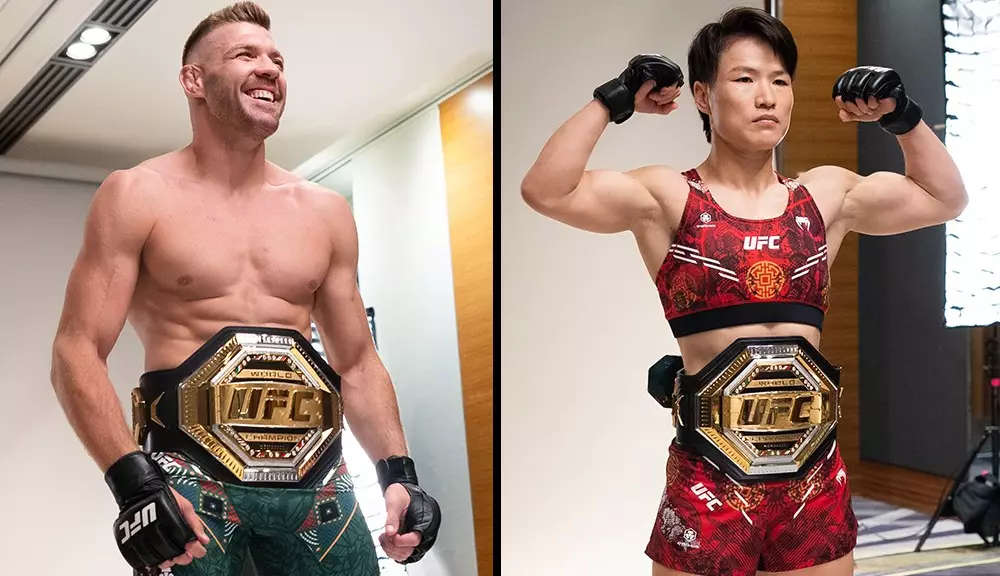The recent UFC 312 event, held at Qudos Bank Arena in Sydney, has brought attention to the financial dynamics of fighter compensation within the organization. The total payout for UFC Promotional Guidelines Compliance reached a staggering $254,500, shedding light on how UFC fighters are rewarded not only for their performance in the octagon but also for adhering to the requirements laid out by the UFC’s compliance program.
This latest payout structure replaces previous methods associated with the UFC Athlete Outfitting Policy, reflecting a transition towards a more comprehensive and strategic approach to promote brand consistency among fighters. Under the UFC Promotional Guidelines Compliance program, payments are tiered based on the fighters’ experience within the organization, accounting for bouts across various promotions such as the WEC and Strikeforce. This nuanced breakdown acknowledges the diverse career trajectories of fighters and creates an equitable framework for compensation.
In the case of UFC 312, notable figures such as Dricus Du Plessis and Zhang Weili each earned $42,000, representing the pinnacle of compensation under the guidelines, likely due to their status as champions. Furthermore, title challengers like Sean Strickland received $32,000, which showcases how the organization strives to incentivize not only participation but also the pursuit of championship belts.
The complexity of the payout structure reveals its intent to reward both commitment and success within the UFC. Fighters with fewer appearances generally receive lower reimbursement rates, starting from $4,000 for those with only one to three bouts. On the other hand, those with more experience—having over 21 bouts—are eligible for up to $21,000. This tiered system is not merely a financial incentive but also a motivating factor for fighters to build careers within the UFC.
Moreover, the emergence of royalty payments that provide 20-30 percent of sales from merchandise featuring their likeness adds another layer of financial benefit for fighters, promoting their personal brand beyond the confines of the octagon. This aspect of the compliance program emphasizes the importance of personal marketing and engagement in a fighter’s overall earnings.
The substantial payout at UFC 312 underscores the effective partnership between the UFC and its sponsors, specifically with Venum. This financial arrangement appears to align the interests of both the fighters and the promotional organization, as it fosters a brand image that emphasizes professionalism and athlete accountability.
Additionally, the transparency of the payout structure builds confidence among fighters, enabling them to better manage their careers in a competitive landscape. As the UFC continues to evolve its promotional practices, the emphasis on compliance and branding could facilitate an environment where fighters are more aware of their commercial value, potentially boosting their long-term profitability.
UFC 312 not only highlights the monetary success of individual fighters but also reflects a strategic shift in the UFC’s approach towards promotional compliance and athlete compensation. As the organization navigates this modern landscape, it becomes apparent that the financial dynamics of fighter compensation are key to understanding the larger UFC brand.

